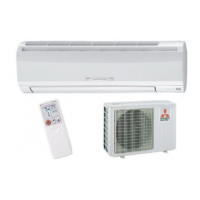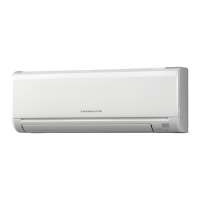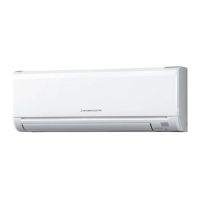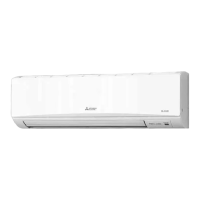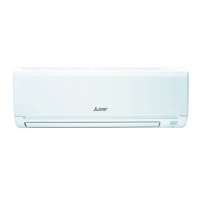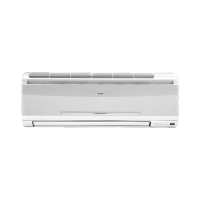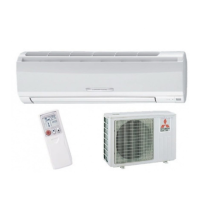SPLIT-TYPE AIR CONDITIONERS
OPERATING INSTRUCTIONS
INDOOR UNIT
MS-GA50VB
MS-GA60VB
MS-GA80VB
MSH-GA50VB
MSH-GA60VB
MSH-GA71VB
MSH-GA80VB
For customers
Thank you very much for purchasing this Mitsubishi room air conditioner.
•
To use this unit correctly and safely, be sure to read this operating instructions
before use. Keep this manual carefully for later reference.
•
Be sure to receive a guarantee card from your dealer and check that the
purchased date
and shop name, etc. are entered correctly.
• This air conditioner should not be installed by the customer.
(Safety and performance functions cannot be assured.)



